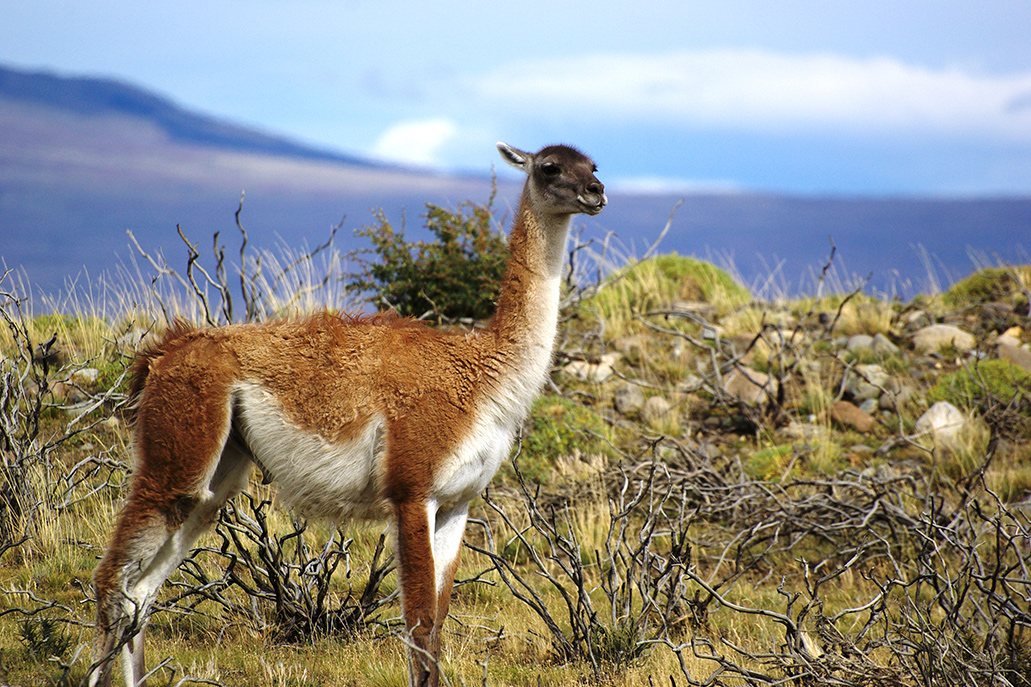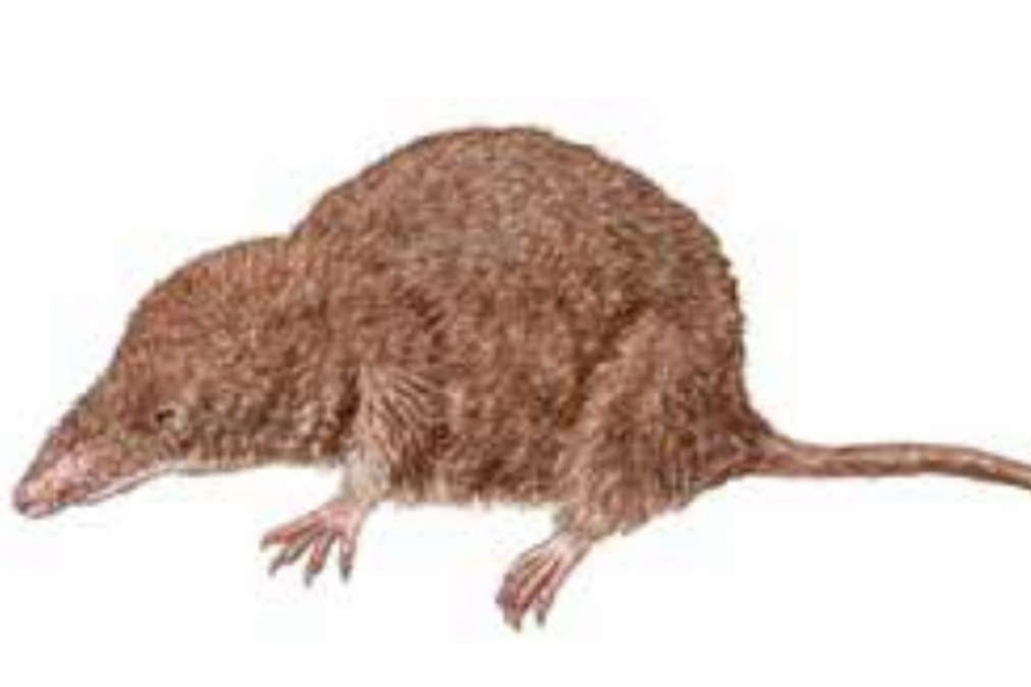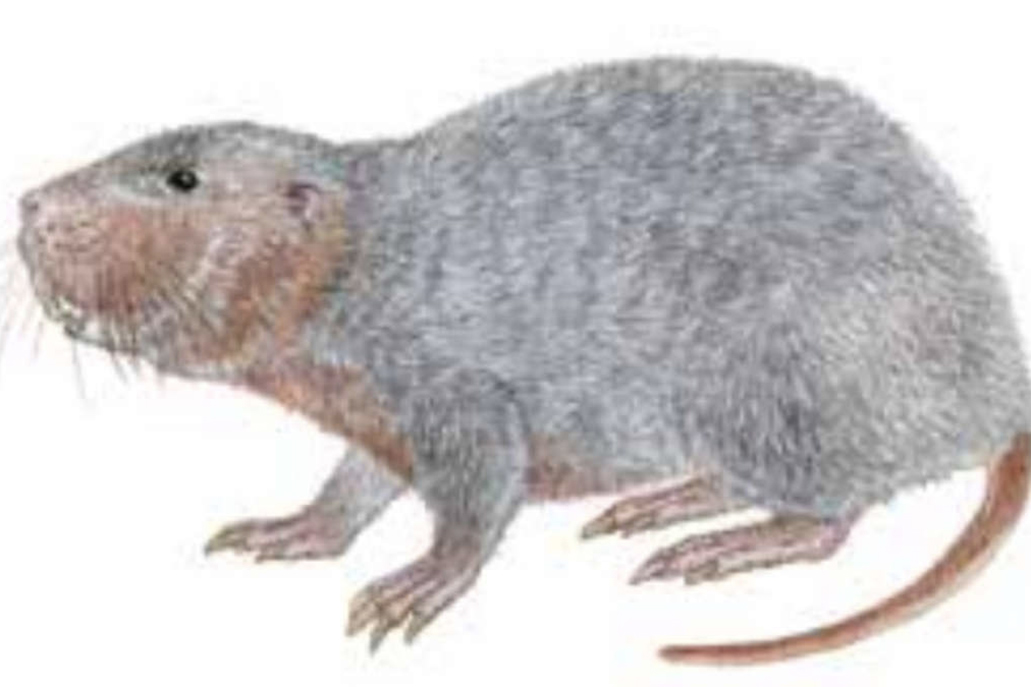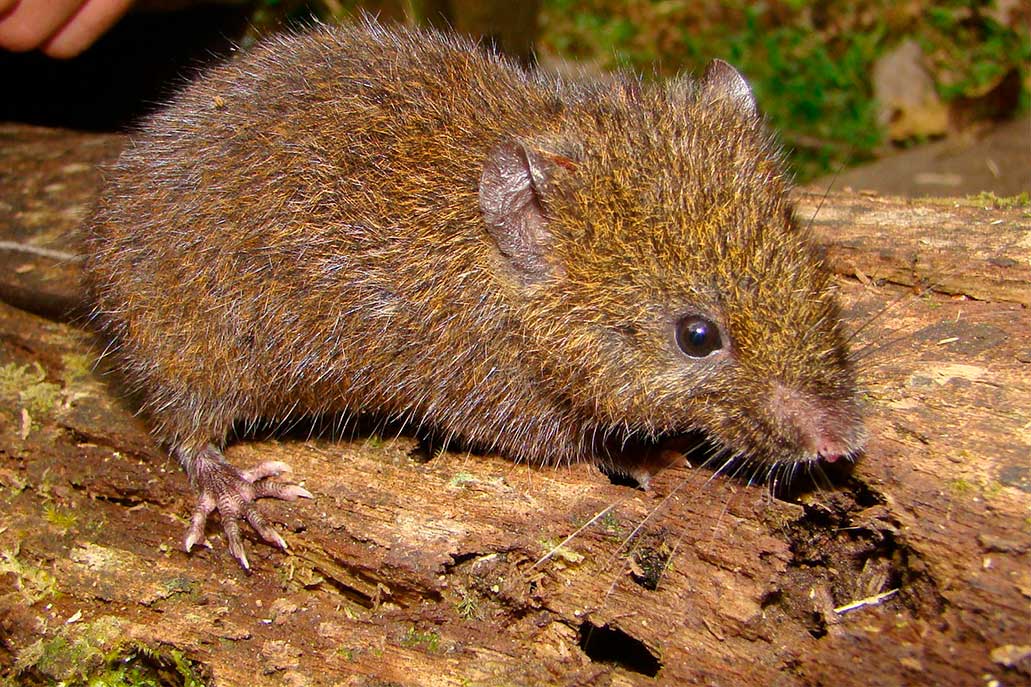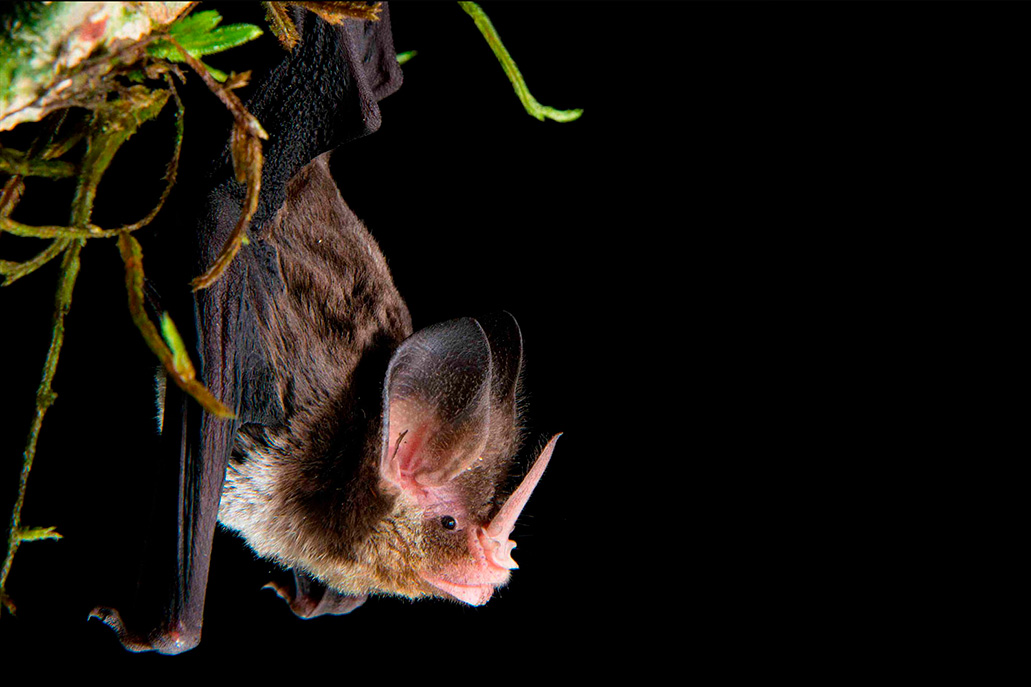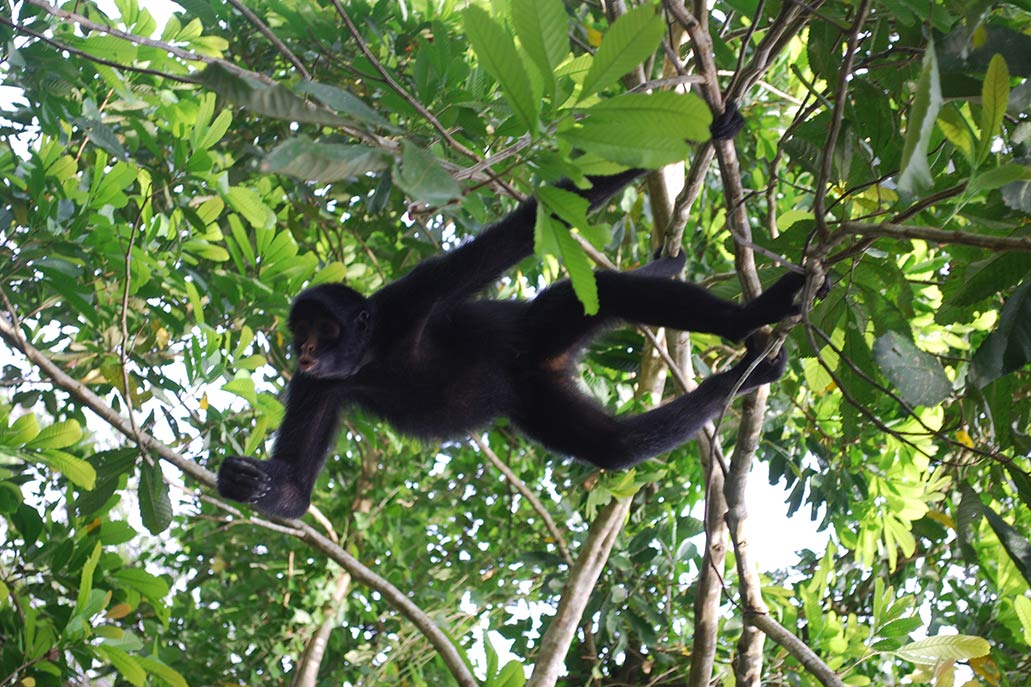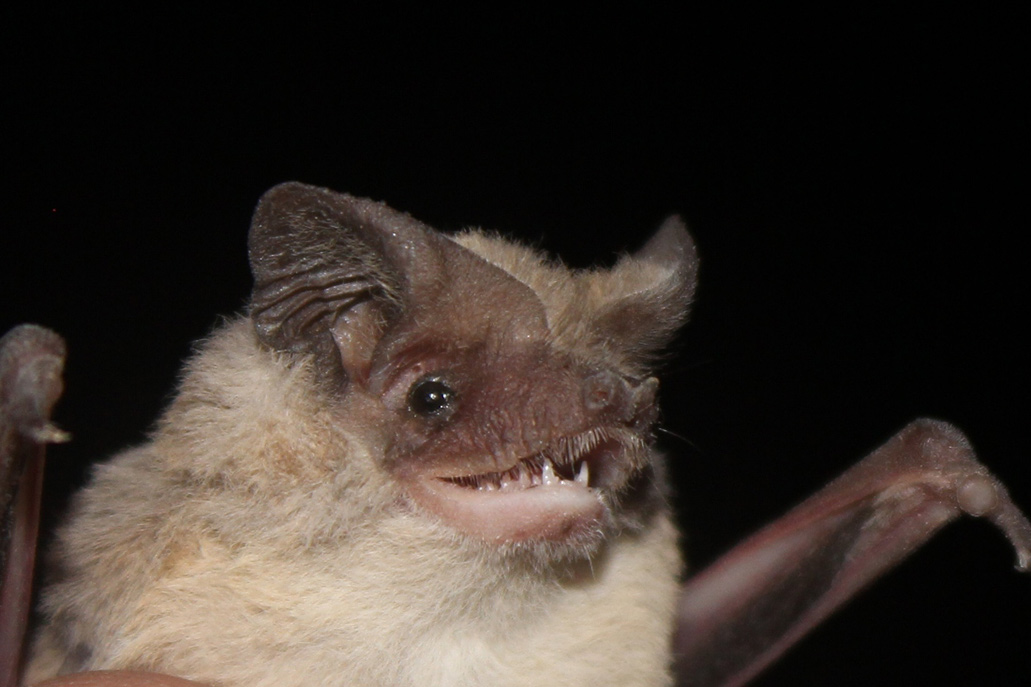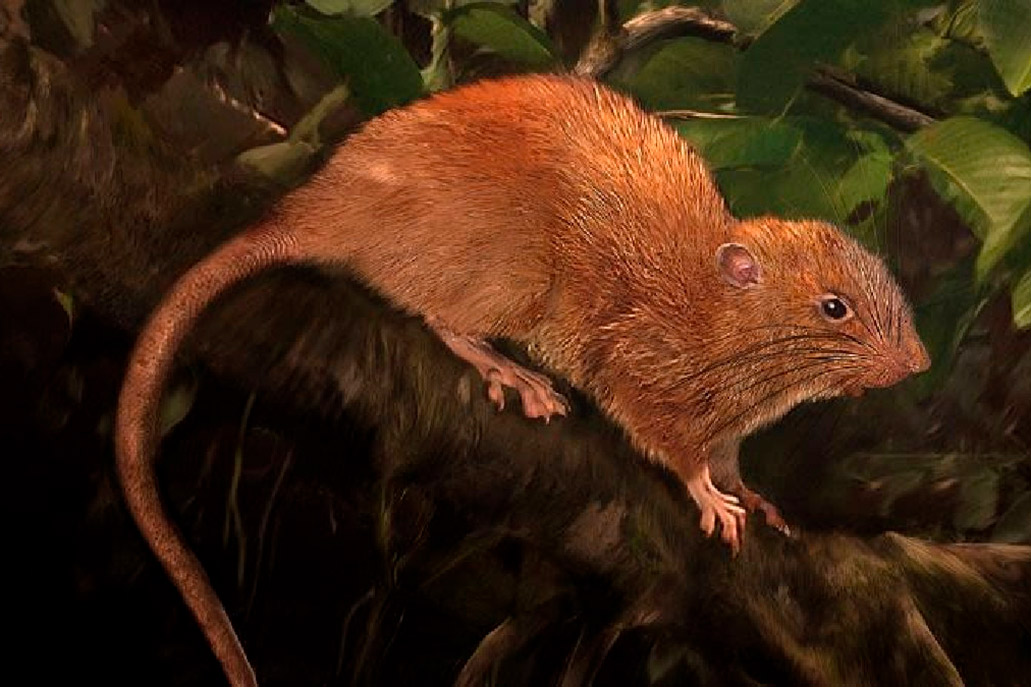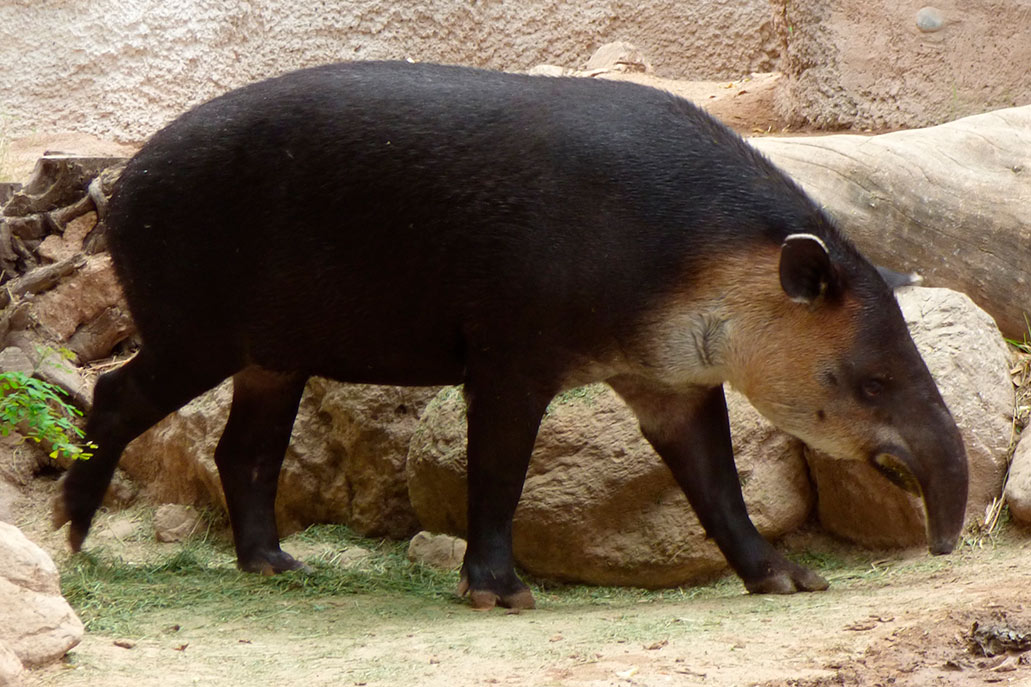10 endangered mammals of Peru
In Peru, up to 519 species of mammals have been registered. This positions the Andean country as the fourth in the world with the most diversity. However, the presence of man has caused the threat to some of these species. Some are well known, such as the guanaco, the Andean tapir or the marmoset monkey. This has caused Peru to be the fifth country with the most threatened mammal species. In total there are 92 species at risk. We present the ten in the most critical condition.
Content
Peru offers one of the most important biological biodiversity on the planet. Some of the most emblematic native species are the Humboldt penguin, the cock of the rock, the Peruvian hairless dog, the spectacled bear, the pink dolphin and the Andean condor. However, unfortunately, due to the presence of man, some species are even threatened with disappearance in the country. There are still very few projects to raise awareness and protect these unique species. To protect them!
Andean marmoset
The Tocón monkey or the Andean marmoset (Callicebus oenanthe) is an endemic species that inhabits the San Martín region in the Peruvian jungle. It is included in the list of twenty-five most endangered primates on the planet. Due to the high degree of deforestation of its habitat (forty percent lost), its population has been reduced to eighty percent in the last twenty-five years.
Its habitat includes the Alto Mayo valley, as well as the banks of the Huayabamba River. The decline in their species is also due to their hunting for the pet trade. Since 2007, the Mono Tocón project seeks to raise awareness among the Peruvian population about the protection and conservation of this species.
- Habitat: San Martín Region (Mayo river basin), in tropical forests from 750 to 950 meters above sea level.
- Vulnerability: Threatened ‘endangered’ situation.
Peruvian short-eared shrew
The Peruvian short-eared shrew (Cryptotis peruviensis) is a species of mammal of the Soricdae family. It inhabits the cold and humid forests of the Cajamarca region (in an area of approximately one hundred square kilometers), between 2,050 and 3,150 meters above sea level. from sea. It is very difficult to find so its situation is considered.
There is little information on this species. His finds are rare. It is estimated that its habitat was reduced to the Tabaconas Namballe National Sanctuary and the Cutervo National Park, both in the Cajamarca region. Its main threats are deforestation, the advance of the agricultural frontier and mining in the region.
- Habitat: Cold and humid high Andean forests of the Cajamarca region (between 2,050 and 3,150 meters above sea level).
- Vulnerability: Threatened status (there is no precise information on its current population).
White-toothed tucotuco
The white-toothed tucotuco (Ctenomys leucodon) is a species of forest rodent that inhabits the south of Lake Titicaca, in the Puno and Tacna regions. While it is a species of least concern in Bolivia, the same is not true in Peru. Its low population has put it in danger. Its habitat includes the Vilcanota Maure Regional Conservation Area (in the Tacna region).
The white-toothed tucotuco is medium in size, with a back plus head between 200 and 278 millimeters. The tail measures between 79 to 85 millimeters. Its first sighting was in 1848 by the English zoologist George Robert Waterhouse. In Peru, its main threats are agricultural and urban expansion. In Bolivia it does not present risks.
- Habitat: The southern altiplano of Lake Titicaca, between Peru and Bolivia, with altitudes of 4 thousand meters above sea level (in Peru regions of Puno and Tacna).
- Vulnerability: In Bolivia of ‘Least Concern’. In Peru, ‘threatened’.
Guanaco
The guanaco (Lama guanicoe) is a species of South American camelid, the largest and also one of the most threatened, especially in Peru. In this Andean country it inhabits the regions of La Libertad, Tacna and Puno, at altitudes from sea level to 4 thousand meters above sea level. It is estimated that in Peru there are only 3 thousand copies.
The large population of guanacos inhabits the Andes of Argentina and Chile where there is no danger of extinction. However, in Peru the guanaco population suffered a retraction of up to 75%. It is estimated that before it also inhabited coastal deserts (a species highly adaptable to different geographies). Today in Peru it mainly inhabits the Calipuy National Reserve in the Sierra de la Libertad.
- Habitat: In Peru in the Calipuy National Reserve (La Libertad region) as well as the puna of Ica, the town of Chavín (Áncash), Hualhuas (Ayacucho), Tacna and Puno.
- Vulnerability: Of Least Concern in Argentina and Chile. In Peru in a threatened situation.
Zuniga rice mouse
The Zúñiga rice mouse (Melanomys zunigae) is the only mammal species endemic to the Lima region. Its sighting is very difficult. A study by students from the La Molina Agrarian University in 2007 did not find it. Its habitat is estimated to be the Atocongo hills and the San Jerónimo hill south of the city.
The main threats to the rice paddy mouse are the indiscriminate growth of the urban population, as well as the incursion of exotic species into its habitat. Its registration was given in 1942 by the researcher Enrique Zúñiga. Despite its great danger of disappearing, there is no conservation project.
- Habitat: The hills of Atocongo and the hill of San Jerónimo in the Lima region.
- Vulnerability: Threatened status (there is no precise information on its current population).
Koepcke’s hairy-nosed leaf bat
Koepcke’s hairy-nosed leaf bat (Mimon koepckeae) is an endemic species of Peru that inhabits the Santa Rosa river basin (the tributary of the Apurímac river) and in the town of Estera Ruana (only 2 kilometers from the former), both in the Ayacucho region. Due to its restricted habitat, it is in danger of extinction if there is no conservation project.
The main threat to this bat is the deforestation of its habitat for agricultural activities. This especially in the Santa Rosa river basin, where it had its main habitat. Thus, in 2014 a species was found, but located 160 kilometers from its first recognized area. Information about your current number is uncertain.
- Habitat<: The Santa Rosa river basin (the tributary of the Apurímac river) and in the town of Estera Ruana, both in the Ayacucho region.
- Vulnerability: Threatened status (there is no precise information on its current population).
Yellow-tailed woolly monkey or maquisapa chusca
The yellow-tailed woolly monkey or maquisapa chusca (Lagothrix flavicauda) is an endemic species in Peru that inhabits the montaneous forests of the Amazonas, San Martín and La Libertad regions. Its main threats are the deforestation of forests, poaching including that of its offspring, which are traded.
The so-called woolly-tailed monkey finds refuge in protected areas of Peru such as the Río Abiseo National Park, the Cordillera de Colán National Sanctuary, the Chayu Nain Communal Reserve and the Alto Mayo Protected Forest. Its main characteristic is its dense appearance with a face covered in hair.
- Habitat: The tropical forests of the Amazonas, San Martín, La Libertad and Huánuco regions.
- Vulnerability: Threatened status (there is no precise information on its current population).
Incan free-tailed bat
The Inca free-tailed bat (Mormopterus phrudus) is a species of bat endemic to Peru that inhabits the mountainous forests of the Machu Picchu Historic Sanctuary in the Cusco region. Its visualization is scarce. It was only found in the community of Puente San Miguel on the banks of the Urubamba River.
Due to its location within the Historic Sanctuary of Machu Picchu (Inca citadel), this species of bat was called ‘Inca’. Its main threats are the presence of man in its natural habitat. In the Historic Sanctuary of Machu Picchu there are also other vulnerable species, although of lesser concern, such as the spectacled bear.
- Habitat: The mountainous forests of the Historic Sanctuary of Machu Picchu in the Cusco region.
- Vulnerability: Threatened situation ‘in a vulnerable situation’.
Ocher-bellied climbing rat
The ocher-bellied climbing rat (Rhipidomys ochrogaster) is a species of rodent that inhabits the tropical forests of the low jungle in the regions of Puno and Madre de Dios. Its main habitats are the Bahuaja-Sonene National Park and the Tambopata National Reserve. Only a few species were recorded. There is little information on its current population.
The finding of the ocher-bellied climbing rat happened more than a hundred years ago. The main threats to this rodent are the deforestation of its habitat and the presence of man for agriculture. Some research suggests that this species is also found in Bolivia. Its main feature is its ocher belly.
- Habitat: The tropical forests of the low jungle in the regions of Puno and Madre de Dios.
- Vulnerability: Status threatened ‘near threatened’.
Andean tapir or mountain tapir
The Andean tapir or mountain tapir (Tapirus pinchaque) is a species of mammal of the tapirid family that inhabits the tropical forests of Peru, Ecuador and Colombia. In Peru it inhabits the north, in Piura and Cajamarca, especially the Tabaconas Namballe National Sanctuary in Cajamarca. It is estimated that in Peruvian territory there are only 350 species.
The Andean tapir (in Quechua it is called sacha huagra) is threatened mainly by the presence of man in its habitat (deforestation, agriculture, mining and even hunting). The Andean tapir is critically endangered in Peru. Fortunately, there is already a plan for its conservation in the country. Even his figure was minted in the coin of a nuevo sol. It is presumed that it inhabited the forests of Venezuela, but it is already extinct.
- Habitat: In Peru it inhabits the north, in Piura and Cajamarca, especially the Tabaconas Namballe National Sanctuary in Cajamarca.
- Vulnerability: Threatened ‘endangered’ situation.
By Machupicchu Terra – Last updated, June 15, 2023
